Which is more practical, Toyota Hilux BEV or BYD Shark?
 JamesNov 17, 2025, 05:08 PM
JamesNov 17, 2025, 05:08 PM
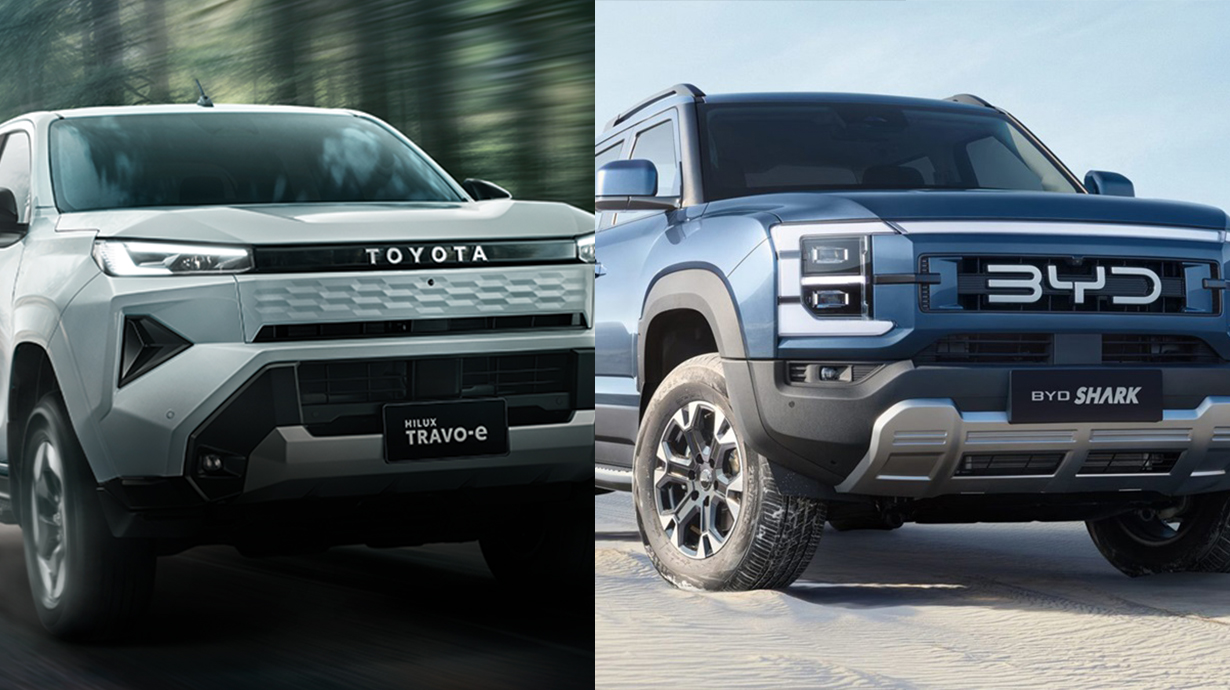
[PCauto] What’s exciting is that the Hilux has joined the ranks of electric vehicles. The Hilux BEV is a brand-new concept for everyone. Its arrival will directly compete with the BYD Shark.
Compared to the BYD Shark, which is already available in multiple markets worldwide such as Mexico, Australia, and Thailand, the Hilux BEV appears to be a latecomer. So, can the Toyota Hilux continue its legend in the BEV sector?
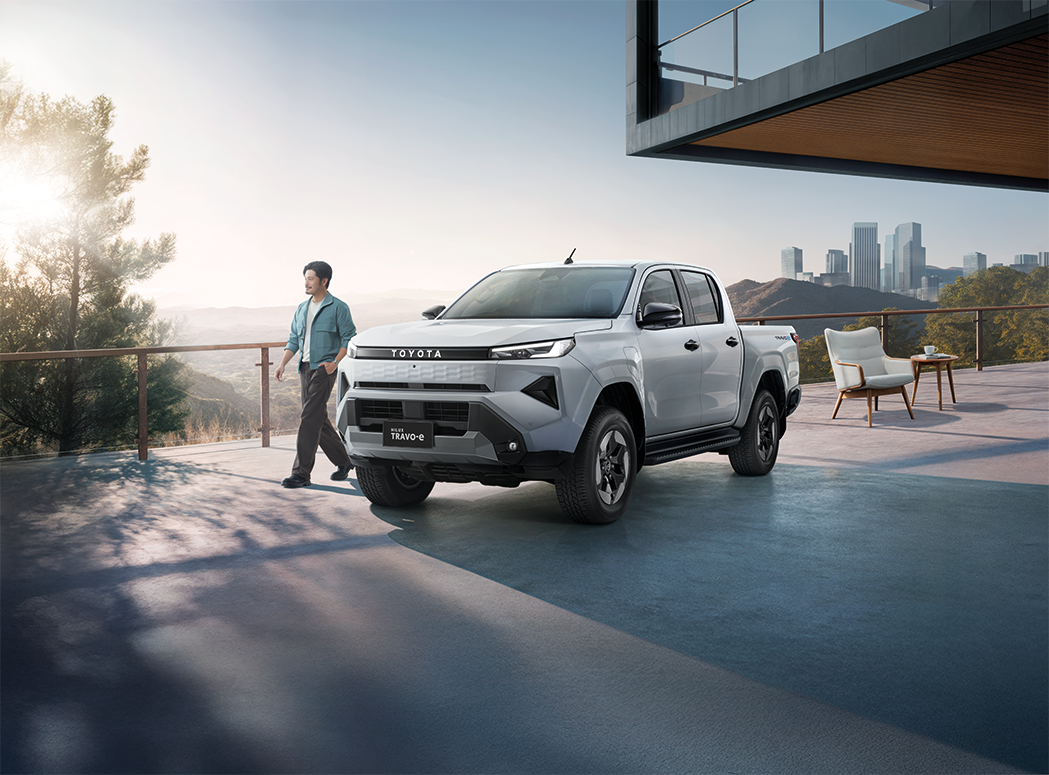
BYD Shark: Is this PHEV Pickup Truly an All-Rounder?
The BYD Shark uses BYD's dedicated DMO (Dual Mode Off-road) super hybrid off-road platform.
This platform is quite hardcore, featuring a non-load-bearing body combined with CTC battery-chassis integration technology. It is natively equipped to support 1.5T or 2.0T longitudinal plug-in hybrid powertrains.

The mass-produced version of the Shark is equipped with a 1.5T engine, along with front and rear electric motors. Its energy management strategy is very clear: primarily rely on electric drive, with the engine as a supplement. The advantage of this approach is that it ensures durability while also providing excellent handling and comfort brought by the electric drive.
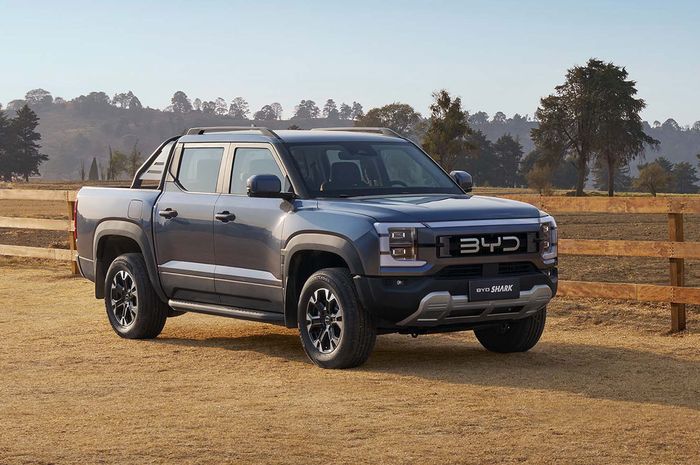
In all, this DMO platform is really solid, bringing a lot of performance advantages to the Shark. Now, let’s look at the specific data, focusing on core aspects like range, performance, and practical features, to see if it truly lives up to the title of “all-rounder.”
BYD Shark Possesses a Powerful Powertrain
In terms of range, the Shark offers ample capacity for most needs. Under the NEDC standard, it can run 100 km purely on electric power, and with a full tank and fully charged battery, the combined range reaches 840 km. This significantly reduces range anxiety for both city driving and long journeys. It also supports 40kW DC fast charging, allowing it to charge from 30% to 80% in about 20 minutes, which is considered quite efficient.
As for performance, the Shark’s system has a total power output of over 430 horsepower. The front motor delivers 170kW of power and 310N·m of torque, while the rear motor provides 150kW of power and 340N·m of torque. It can accelerate from 0 to 100km/h in 5.7 seconds, with quick power response.
 In terms of fuel consumption, it is approximately 7.5L/100km with low battery, and around 1.536L/100km when fully charged, making the overall cost of use relatively low.
In terms of fuel consumption, it is approximately 7.5L/100km with low battery, and around 1.536L/100km when fully charged, making the overall cost of use relatively low.
The car is equipped with a 10.25-inch instrument panel, a 12.8-inch rotatable central control screen, and a 12-inch W-HUD. It supports Apple CarPlay and Android Auto. Additionally, features like L2-level driving assistance, 540° panoramic imaging, and 50W wireless phone charging are also available, making driving and riding quite comfortable and convenient.
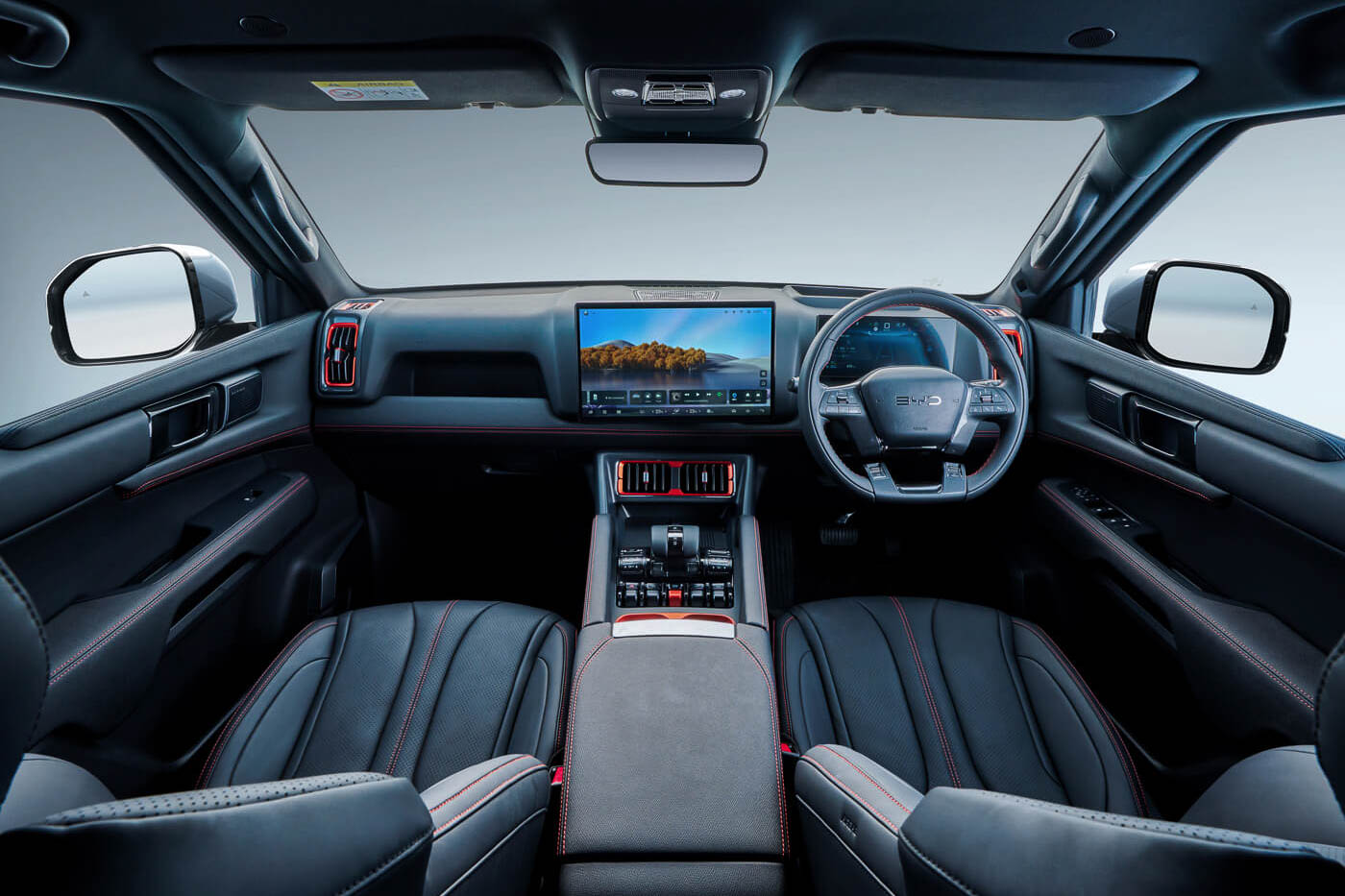
Off-road platform architecture endows BYD Shark with powerful off-road capabilities
In terms of off-road capability, it features sand/mud/snow modes and a virtual differential lock. The body dimensions are 5457/1971/1925 mm, with a wheelbase of 3260 mm, a full-load ground clearance of 210 mm, an approach angle of 31°, and a departure angle of 19.3°. These figures enable it to tackle a variety of complex road conditions effectively.
The towing capacity reaches 2500kg, the load capacity is 835kg, and the cargo box volume is 1450L, making it suitable for carrying large items or frequent hauling.
Based on these figures, BYD Shark indeed demonstrates impressive performance in many aspects. But how do these advantages actually perform in real-world usage?
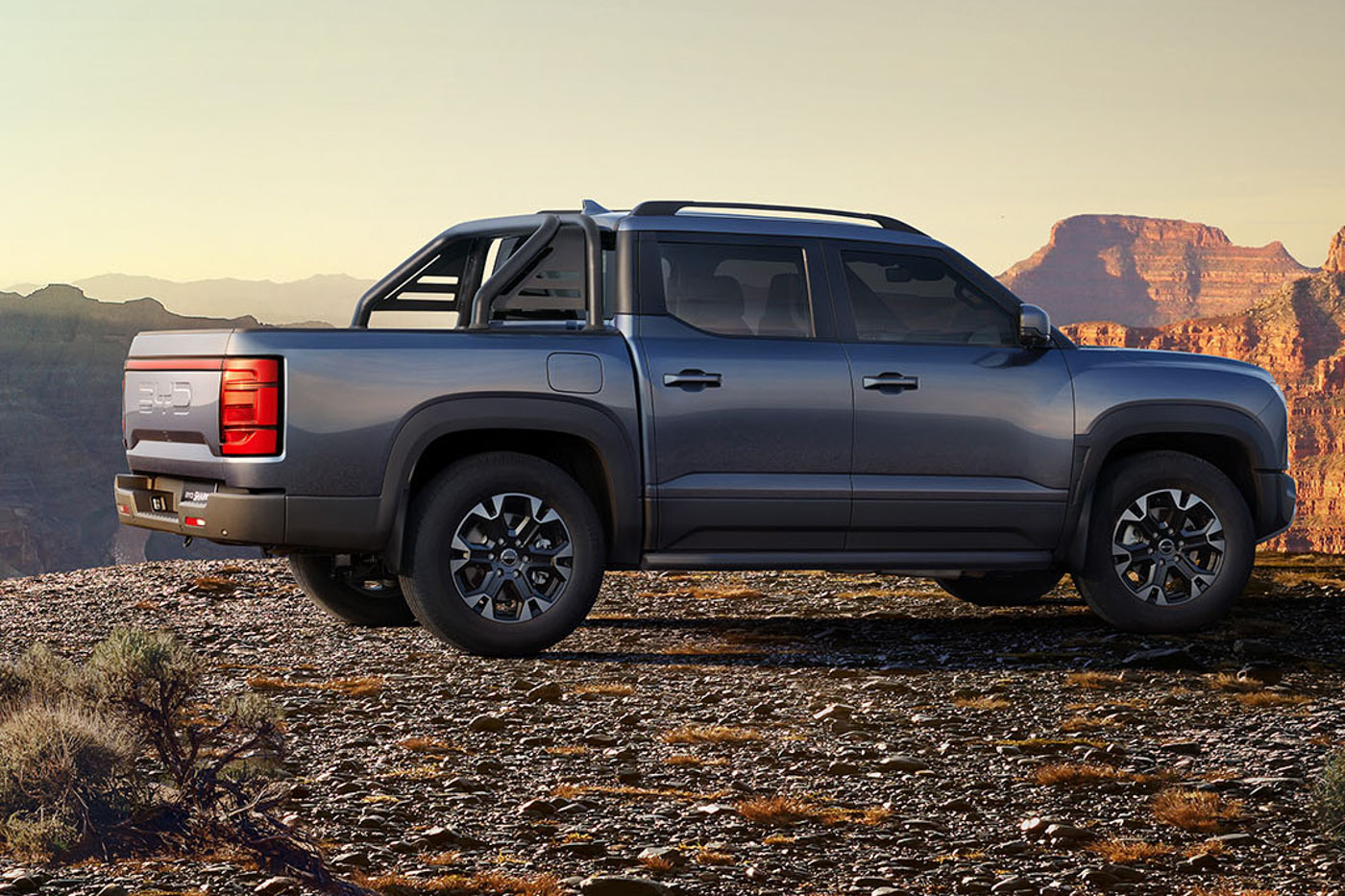
BYD Shark can handle both commercial transportation and personal use
The BYD Shark is actually designed to accommodate urban delivery, intercity transport, and even off-road needs. Whether it's daily commutes, short suburban trips, long-distance intercity transportation, or light-to-moderate off-roading, it can leverage its advantages to meet user demands. It is particularly suitable for people who want low car usage costs, intelligent and abundant configurations, and convenient charging and refueling options.

It is important to note that some media tests have shown that when driving in a charge-sustaining mode (with a low battery), fuel consumption can reach around 14 L/100km, which is higher than the official figure. This highlights the importance of regular charging to achieve optimal fuel economy.
Additionally, the BYD Shark's decoupled electric all-wheel-drive system (which eliminates the traditional drive shaft) may not match the perceived durability and extreme capability of traditional mechanical transfer cases with low-range gearing, especially during sustained, low-speed, high-torque activities like extreme climbing or heavy towing. Moreover, if you can’t find charging or refueling stations during long drives or off-road trips, fuel consumption will inevitably be significantly higher.
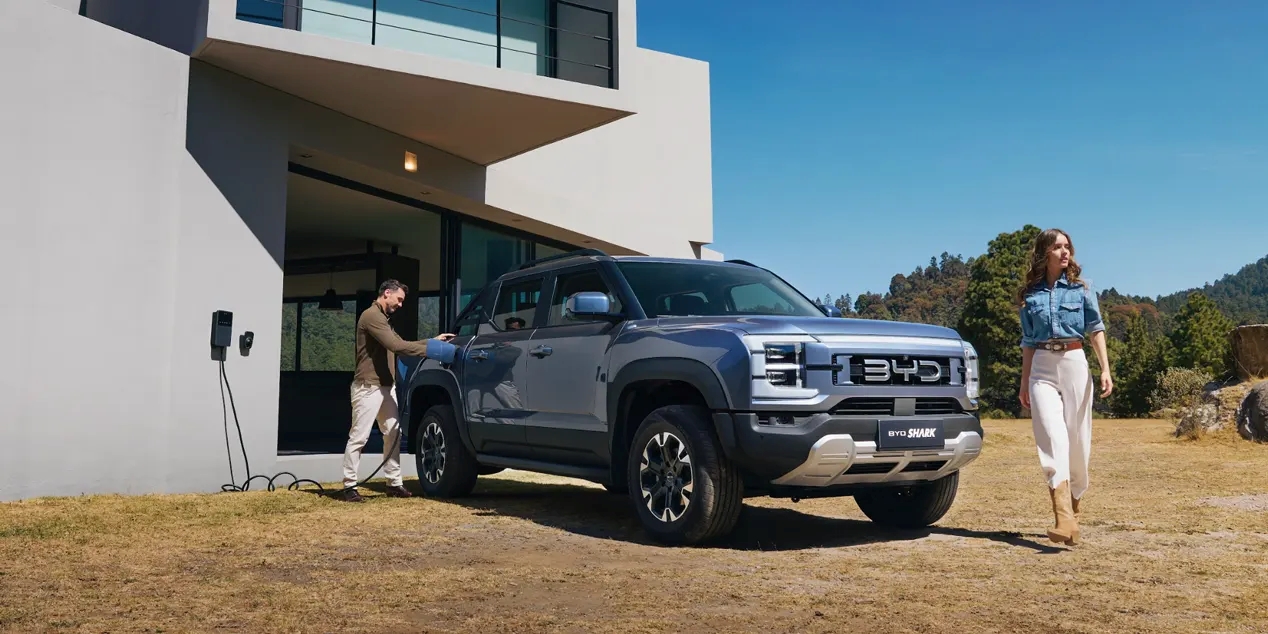
After discussing BYD Shark's technology, performance, and adaptability, we have a better understanding of this plug-in hybrid pickup truck.
So, as a traditional pickup truck giant, can Toyota’s electric Hilux BEV rely on its conventional strengths to stand its ground in practicality and become a practical choice for users? Next, let's focus on the Hilux BEV.
Will the Hilux BEV continue Hilux's reliable tradition?
The Hilux BEV is based on the upgraded frame of the old IMV ladder chassis, continuing the core concept of Hilux's "durable and reliable" reputation. It is positioned as an urban and regional commercial transport vehicle, focusing on short-distance and fixed-route usage scenarios.
Toyota completed a BEV concept car technology demonstration and road validation centered on "urban use" in Thailand, and released the mass-production version of the Hilux BEV on November 10, 2025.
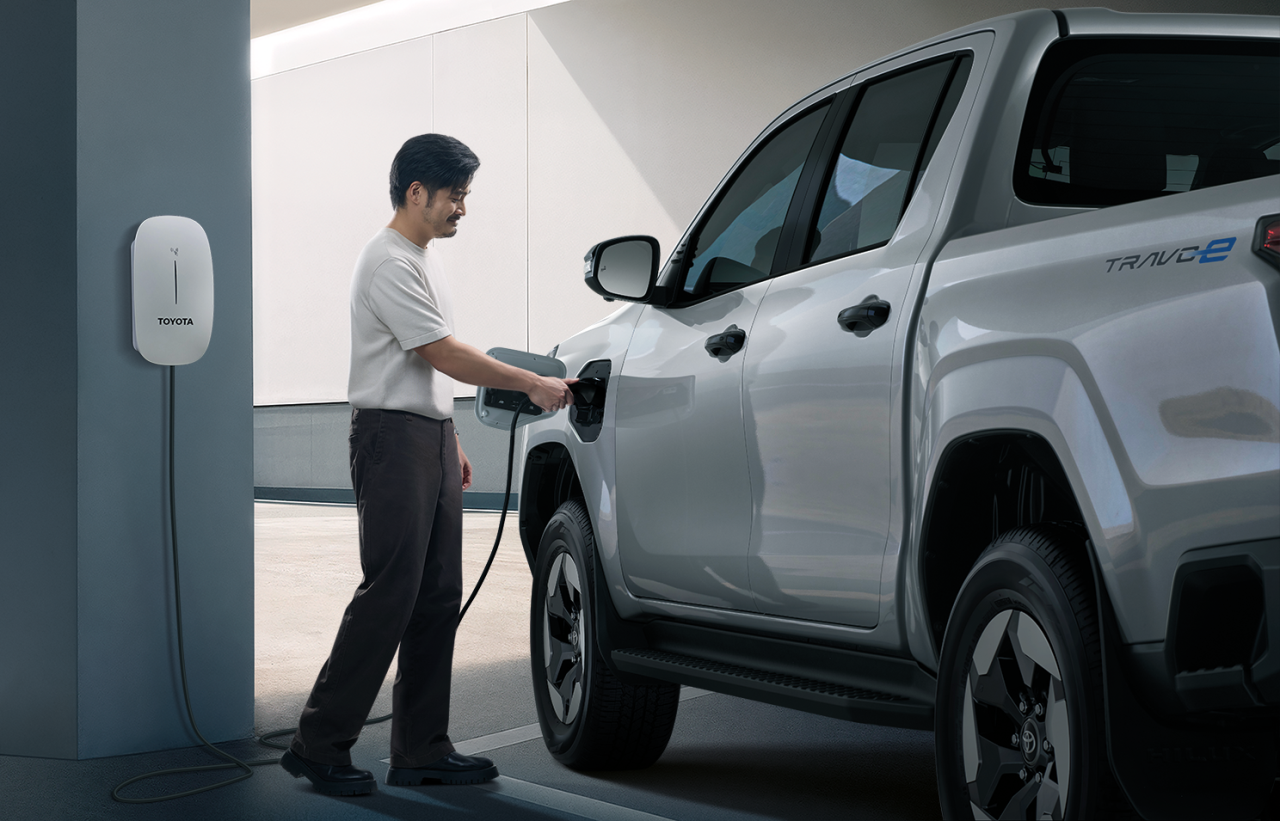
Toyota's information about the Hilux BEV remains vague
The Hilux BEV is equipped with a 59.2 kWh battery pack, with a WLTP range of approximately 240-300 km (varying due to operating conditions and version). However, detailed official specifications regarding energy consumption under various loads, as well as specific charging details, have not been fully disclosed. The manufacturer has only stated its goal of achieving "best-in-class charging performance."
In terms of power, it adopts a dual-motor four-wheel drive system, with a front axle torque of 205N·m and a rear axle torque of 268.6N·m, providing a system combined output of about 144kW.
The Hilux BEV has an effective payload of approximately 715kg, a maximum towing capacity of 1600kg, and a water fording depth of up to 700mm, on par with the gasoline version of the vehicle.

Continuing the Off-Road Advantages of Ladder Frame
The Hilux BEV adopts a non-load-bearing body structure (continuing the sturdy construction of the diesel version), equipped with an all-terrain electric control four-wheel drive system (dual motors) and Toyota's off-road electronic control system (such as Multi-Terrain Select). Its off-road control logic is "traditional and robust," while the four-wheel drive logic and torque distribution strategy are known for being "stable and predictable." At the same time, it retains modern improvements like electronic steering, balancing off-road capability and handling.
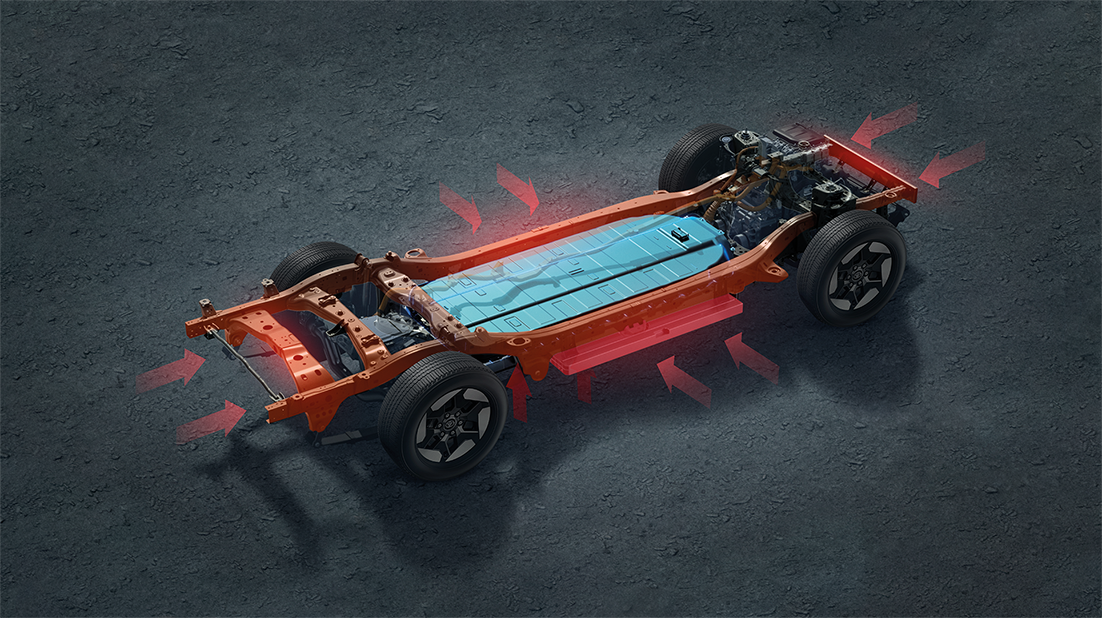
Compared to the Fuel Version, the Hilux BEV Shows Some Performance Decline
Compared with the fuel-powered Hilux 2.8D 48V mild hybrid model, the Hilux BEV shows significant drawbacks in several key performance aspects.
The towing capacity of the fuel version is 3500kg, but the BEV version is only 1600kg, representing a 54% decrease. The payload of the fuel version is about 1000kg, while the BEV version is around 715kg, a 28.5% drop.

Range is a bigger drawback, with the fuel version offering a combined range of about 425 km and refueling taking only 3–5 minutes, while the BEV version offers a range of about 240-300 km and is dependent on the charging network, resulting in significantly longer refueling times.
In addition, the BEV version adopts the production configuration of a single-row long cargo bed, while the new generation fuel-powered Hilux comes with a double-row configuration across all models. For commercial/home scenarios that require rear passenger space and a standard-sized cargo bed, the spatial configuration of the BEV version is not advantageous.
Although the Hilux BEV has several drawbacks compared to the fuel-powered version, as a pure electric pickup truck, it also has its own unique advantages.
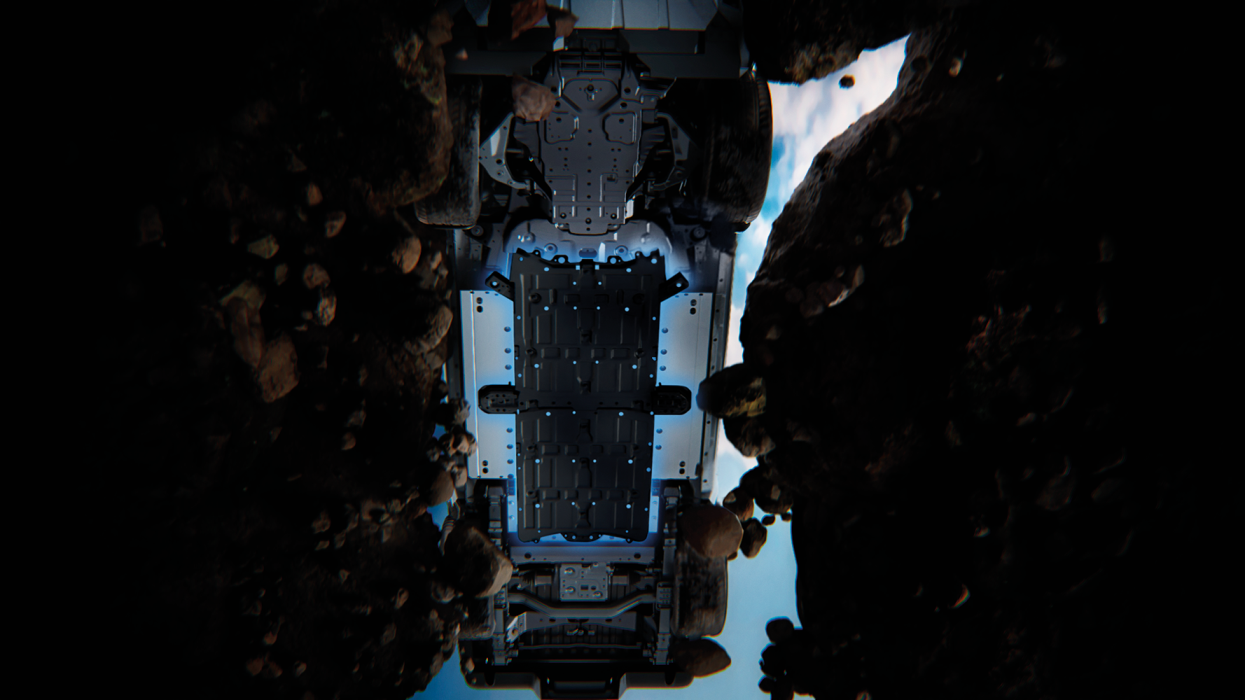
Which users are the BYD Shark and Toyota Hilux BEV suitable for respectively?
Hilux BEV has stronger wading capabilities
The Hilux BEV utilizes a non-load bearing body and has been structurally reinforced for electrification. The battery pack is designed with impact and water resistance, maintaining a wading depth of 700mm. For high water-risk scenarios such as waterlogged construction sites, riverbanks, or flooded roads, the structural-level protection and long-term durability of the pure electric platform are more advantageous.
In contrast, traditional fuel-powered vehicles with internal combustion engines and intake/exhaust systems have more maintenance points and potential failure risks in wading or high-moisture environments.
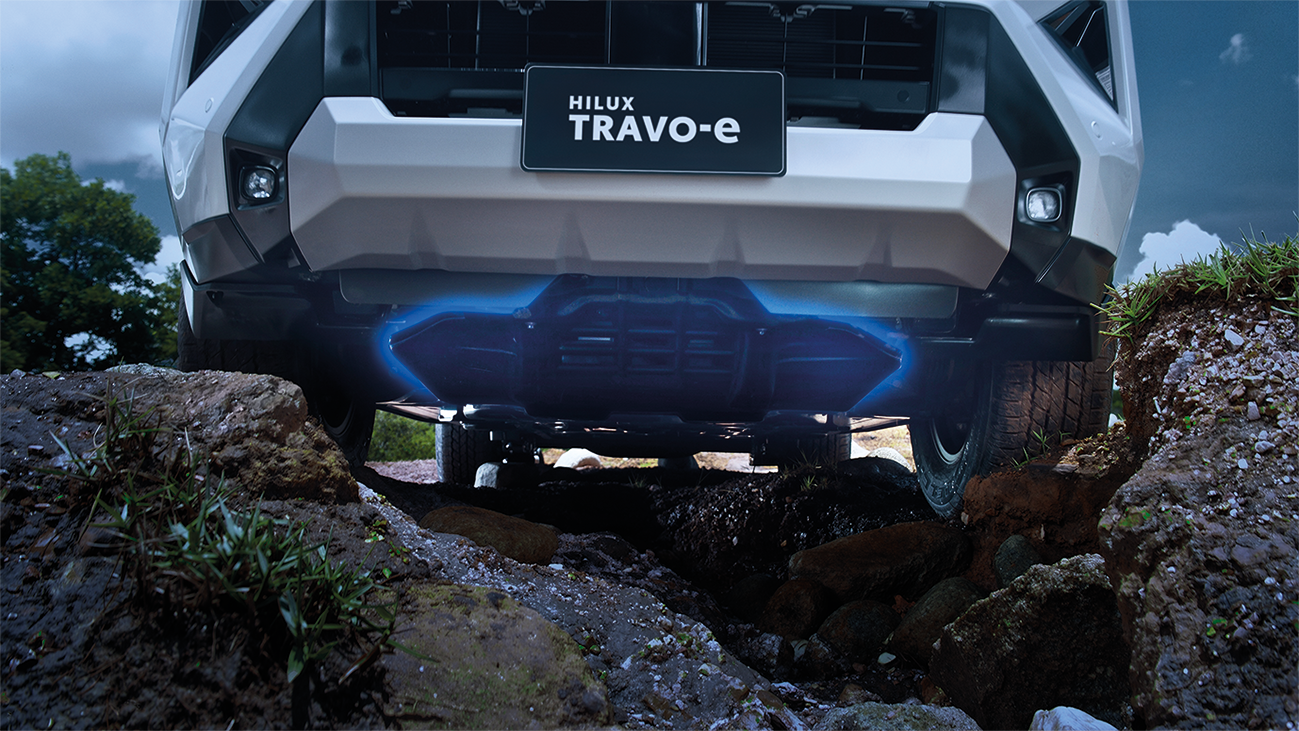
The Hilux BEV's load capacity meets users' daily needs
Its 715kg payload and 1600kg towing capacity, paired with dual-motor four-wheel drive and electronic control strategies, make it suitable for construction site transportation, agriculture, forestry, fishing, and towing caravans. It is closer to the usage habits and expectations of fuel-powered Hilux users, especially for scenarios where "heavy loading/towing is prioritized, but charging conditions are average."
Hilux BEV is more suitable for commercial users with fixed routes
In urban delivery/campus commuting scenarios, the operating cost of the Hilux BEV is significantly lower than that of its diesel counterpart, and the maintenance requirements of the electric motor are fewer, resulting in a controllable long-term TCO (Total Cost of Ownership).
At the same time, for fixed routes, energy can be replenished during fixed periods, and with fleet scheduling, the uncertainty of “waiting for fuel” can be reduced.
In addition, as a BEV, its low noise and low vibration characteristics make it suitable for early morning deliveries and noise-sensitive areas like campuses. The pure electric architecture also facilitates centralized charging facilities and energy consumption monitoring, which is very beneficial for standardized management.
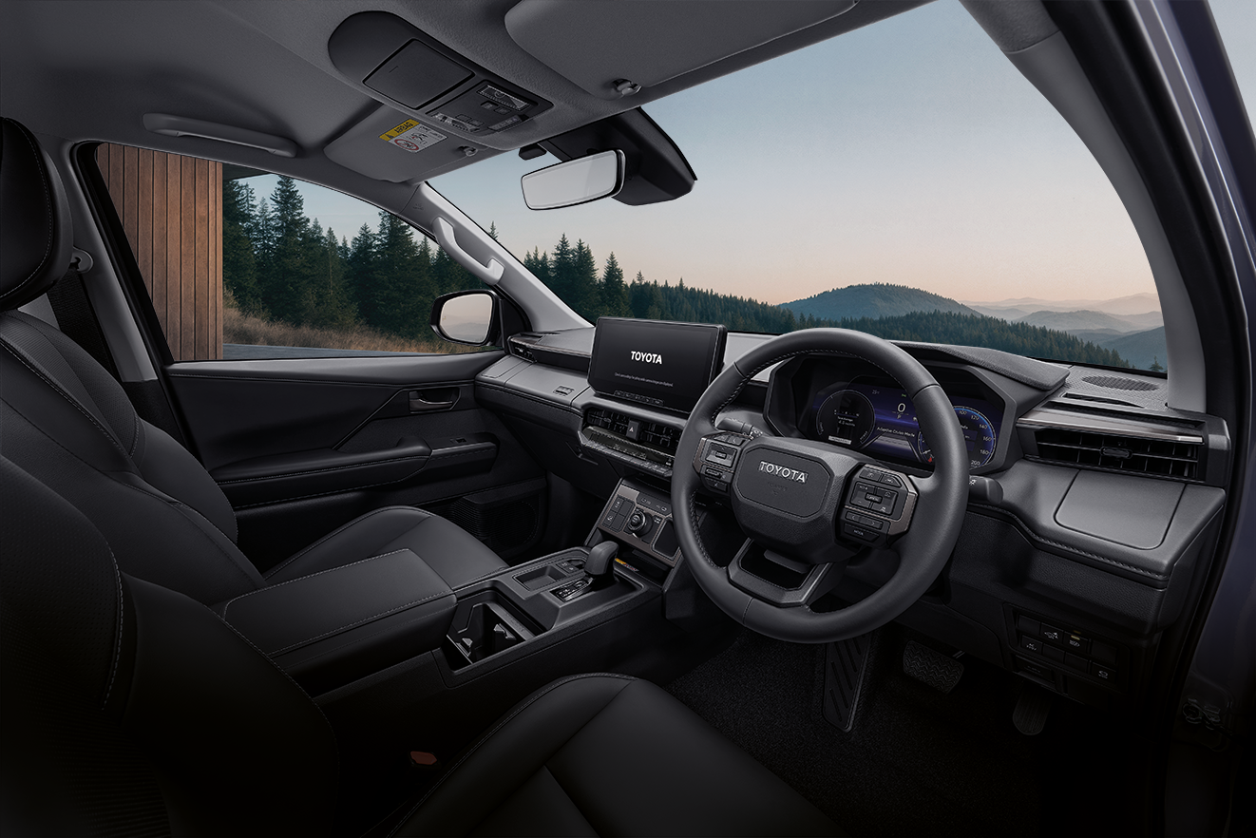
BYD Shark's PHEV can meet all family needs
The BYD Shark is suitable for daily commuting, urban or suburban short trips, long-distance intercity travel, and light to moderate off-roading. It is especially suitable for those who demand high smart features, desire low car usage costs, and prioritize convenient charging and refueling.
Its pure electric range of 100km (NEDC) is sufficient for most daily commutes. With a combined range of 840km (NEDC), along with its dual fuel and electric capabilities, there’s little need to worry about running out of power or fuel, making it ideal for long trips or holiday travel.
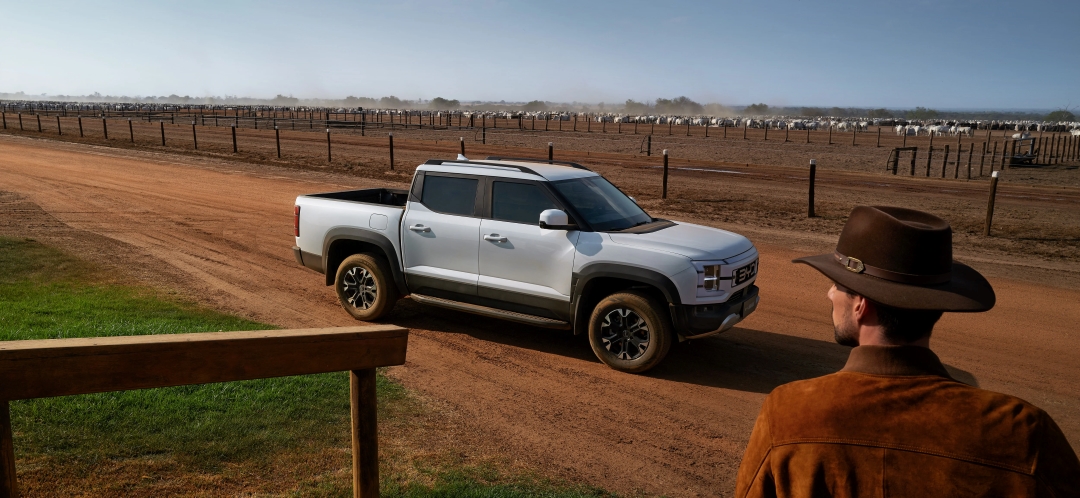
It supports 40 kW DC fast charging, allowing it to recharge from 30% to 80% in about 20 minutes, ensuring quick energy replenishment. It has a towing capacity of 2500kg, can carry up to 835kg, and has a cargo box of 1450L, which is sufficient for loading and transporting goods.
The intelligent cockpit and driving assistance configurations in the car are abundant, making it comfortable and convenient to drive. For city driving, using electricity is more cost-effective, while for long-distance trips, the fuel option provides a practical backup, aiding in time management.

In summary, the BYD Shark has its advantages in many scenarios with its “dual fuel” capabilities and rich configuration. However, the Hilux BEV is no pushover either, as it has its own appeal in specific areas.
The biggest issue with the Hilux BEV is its limited range
The Hilux BEV has a somewhat short range of 240-300km (WLTP), and this will be even less when driving on highways or carrying heavy loads, making it unsuitable for long-distance transportation. Its payload and towing capacity have also dropped significantly compared to its fuel version.
Recharging completely relies on charging stations, which becomes costly and time-consuming in places without enough charging infrastructure. Battery degradation is a consideration for high-utilization commercial users. Mitigating this requires sophisticated battery management systems (ensuring shallow cycling, robust thermal management, and controlled charging thresholds) to preserve battery health over the long term.
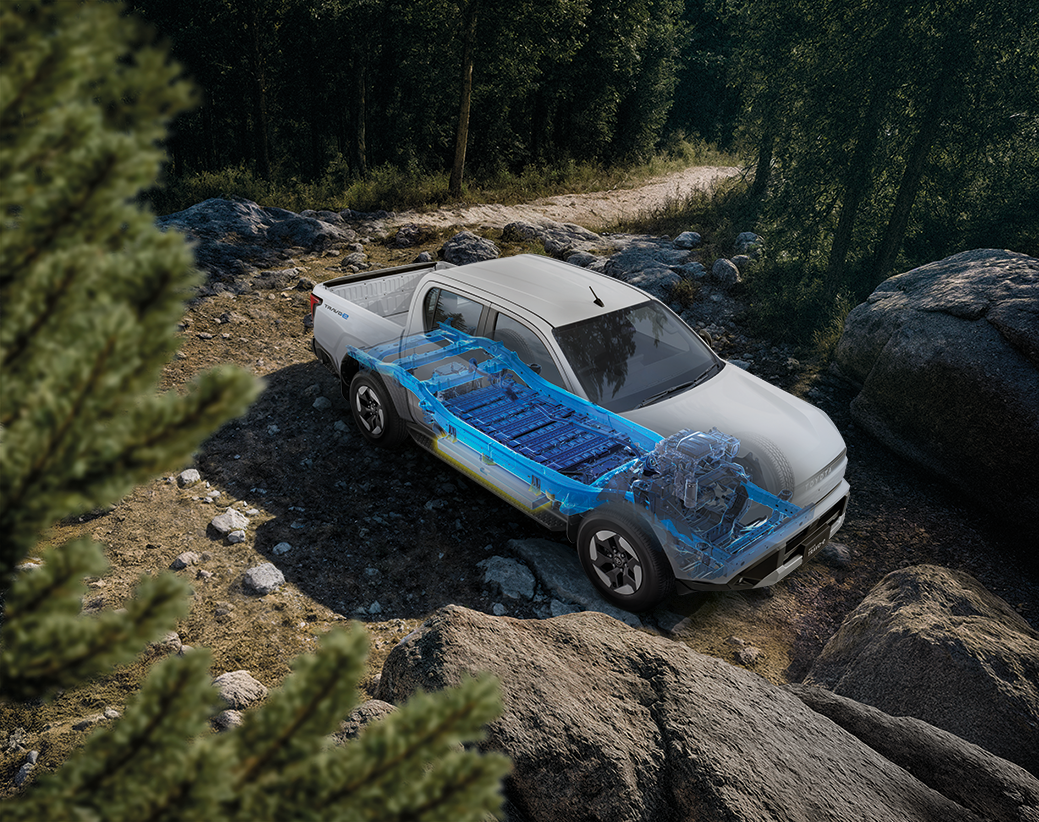
Could the Hilux BEV Be a Transitional Model in Toyota's Hydrogen Strategy?
Hydrogen is the Core of Toyota's Energy Strategy
Toyota is currently developing various energy strategies simultaneously; however, it is evident that hydrogen remains the cornerstone of their long-term vision.
Just look at their hydrogen-powered car, the Mirai, which means "future" in Japanese. At the same time, in terms of commercial vehicles, Toyota has already adopted fuel cell systems in heavy trucks, buses, forklifts, port equipment, and multi-purpose vehicles.
After clarifying that Toyota's core strategy is focused on hydrogen, people might ask: So what will be the main product of the Hilux family in the future? How will the hydrogen fuel cell version of the Hilux perform?
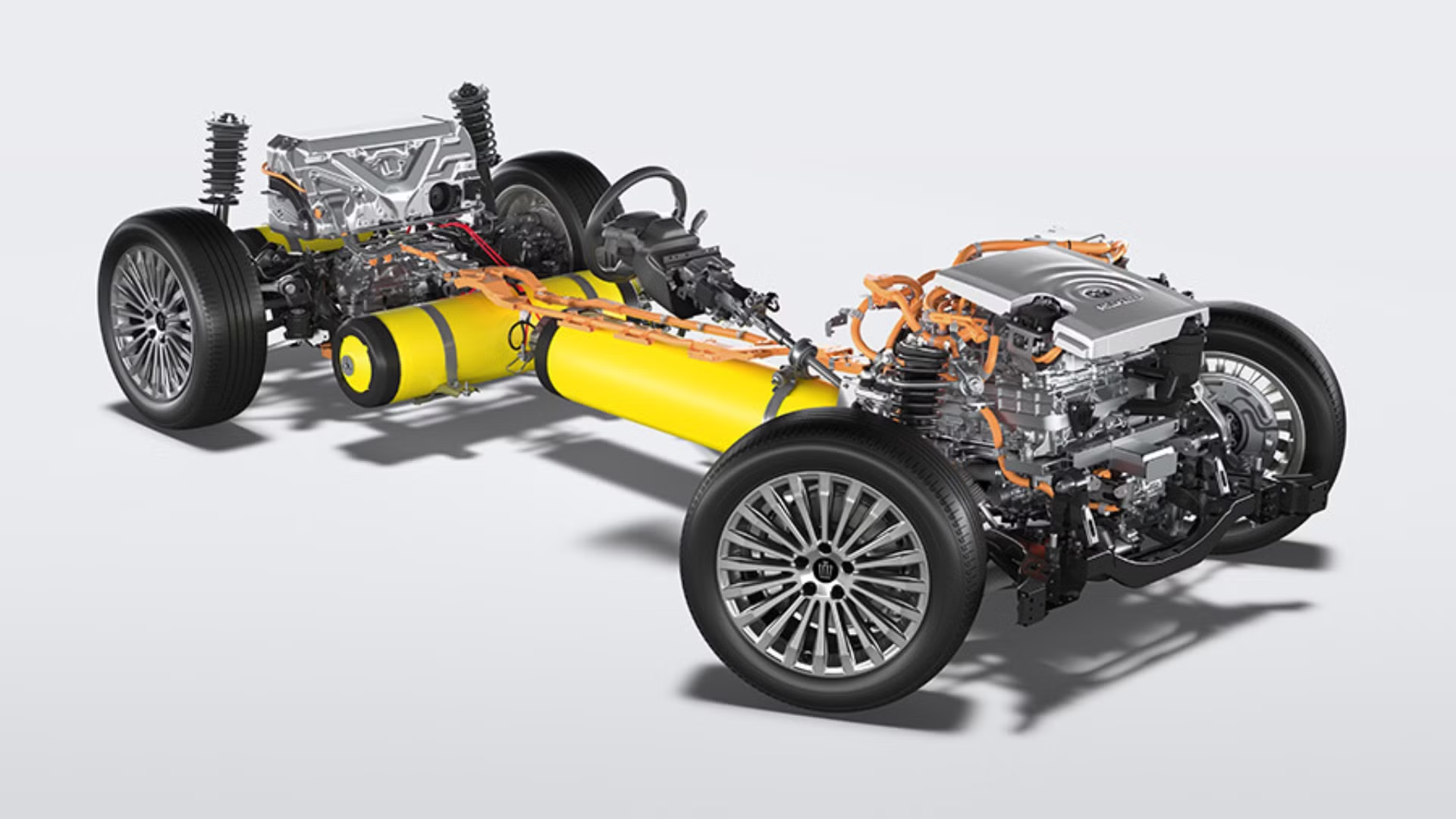
The Core of the Hilux Family's Future is the Hydrogen Fuel Cell Version
Alongside the launch of the Hilux, Toyota has clearly stated that they will release a hydrogen fuel cell version (FCEV), aiming to launch in Europe and Oceania by 2028. Depending on the development of refueling infrastructure and policies, they will then expand to the Asian market.
The Hilux FCEV will be built on Toyota's latest third-generation fuel cell system, with a focus on achieving significant improvements in durability and fuel efficiency compared to previous generations.
As for the Hilux BEV, its appeal to ordinary consumers is limited. On one hand, it is primarily useful for specific fixed-route commercial transport, and on the other hand, Toyota is unlikely to allocate too many R&D resources to the Hilux BEV.
If any infringement occurs, please contact us for deletion
Trending News

BYD Sealion 7 is not only cheaper than Tesla Model Y, what other differences do they have?
Is it better to buy the BYD Sealion 7 or the Tesla Model Y? This really makes one a bit hesitant, but before you make a decision, I recommend you take a good look at this article.

Toyota Land Cruiser FJ did not disappoint, the most anticipated civilian off-road vehicle is back.
Since its birth in 1951 under the name Toyota BJ, the Land Cruiser series has accumulated sales of approximately 12.15 million units in over 190 countries and regions worldwide, becoming a global off-road icon spanning more than 70 years.

The all-new Proton X50 has sold over 6,000 units in a month and a half since its launch, becoming the champion in its segment.
Market data shows that the Proton X50 achieved a delivery volume of 999 units within the first five working days after its launch, and by the end of July, its production scale reached 2,000 units.

Toyota Corolla Cross mid-term facelift in China, featuring a new front face and interior design
Toyota released the mid-cycle facelift of the Toyota Corolla Cross in China. In China, this vehicle produced by GAC Toyota is called Frontlander, and it is the same model as the Toyota Corolla Cross produced by FAW Toyota.

2026 Toyota Hilux Travo released, the brand-new exterior and interior are highly anticipated
If you're considering buying a Hilux, honestly, the comprehensive innovations in the ninth generation are worth waiting for. While the current model might still have some advantages in terms of reliability and price, the new model offers significant changes in terms of exterior and interior luxury, tech features, and powertrain options.
Popular Cars
Car Compare
Model Year
car model

